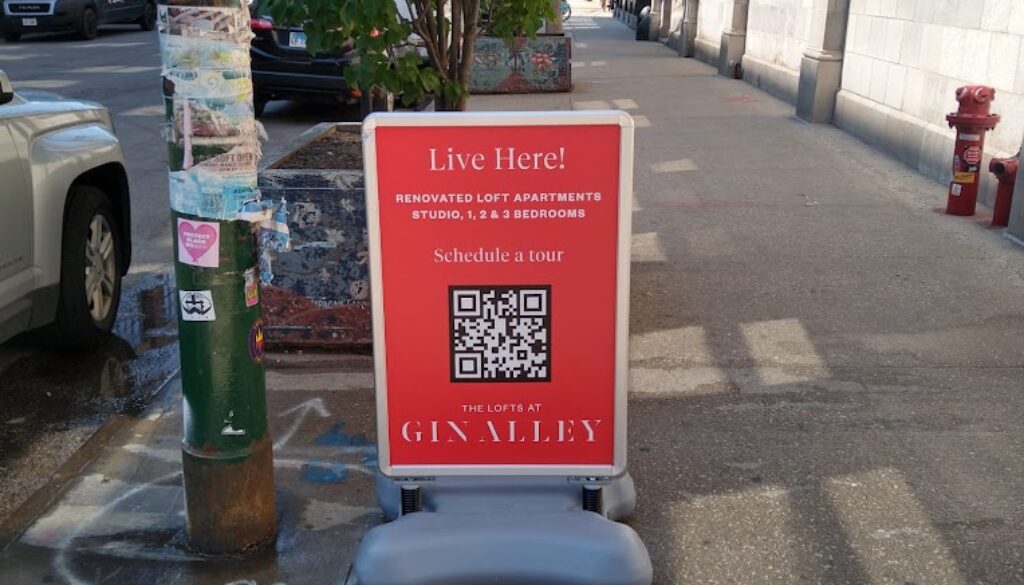Educational institutions are places of order, learning and organization. They rely on a well thought out structure to function, and a part of that structure involves signage. In fact, educational institutions rely on signage more than many other organizations because it shows students where to proceed to the next class, cafeteria lunch hours, who teaches in what classroom and so on.
When it comes to school signage, the design and imagery must be straightforward for students, faculty, and visitors to decipher. Depending on the age of the students, the signs may need to convey meaning without using written words.
In this article, we will take a deep dive into educational signage, explore the use of popular signage types, and offer valuable insights on how to effectively integrate your institution’s branding in your signage design.
Factors to Consider When Designing Signage
Signage must work for the people who rely on it every day. In order for an educational institution to create truly effective signage, the following must be taken into consideration:
- Target Audience. Educational institutions may have many audiences including small children, teenagers, their parents and other visitors. Each audience may have different requirements of their signage. For example, small children who barely know how to read or don’t know how to read at all may rely on graphics more than written signs in order to get around.
- Branding and Messaging. Every educational institution has its own branding and every sign has its own messaging. Consider using your brand colors, logos or your mascot to add an original element that showcases your brand. The messaging should be simple and brief so it can be read and understood at a glance.
- Location and Visibility. When considering the placement of your sign, there are several variables to keep in mind, including the purpose of the signage, the intended audience, and foot traffic. Here are a few key areas that should be considered: Near or above a building entrance, on a busy sidewalk, on the side of a building, in an auditorium, or on a vehicle. These options offer the potential for maximum visibility for your message to be read.
- Materials and Durability. Some signs – particularly outdoor signs – are subjected to rain, snow and other harsh environments. These signs must be made from durable materials that will not deteriorate when exposed to UV rays, extreme temperatures and precipitation.
Tips for Effective Signage Design
Educational institutions can use the following best practices to create effective signage.
- Keep it simple and legible. Use as few words as possible and use an easy to read font for your signs.
- Use contrasting colors. Contrasting colors make signs easy to read because the contrast ensures that the words or pictures stands out well from the background.
- Incorporate imagery and graphics. Imagery and graphics when combined with words ensure that your signs will reach a wide audience age range.
- Use directional signs. Schools can be big places. Using directional signs helps students navigate schools to get where they’re going.
Tricks to Make Your Signage Stand Out
It’s important to make your signage stand out and attract attention. The more attention your signage gets, the more effective it will be.
- Use interactive technology. Interactive digital signage personalizes the experience for the user. Users can use interactive digital signage to get directions to a classroom, find an academic building, or navigate their way off campus.
- Utilize the latest design trends. Use design trends such as popular fonts to make your signage more attractive to the current population.
- Implement wayfinding systems. Wayfinding systems help users find the location they need to reach. Some examples of wayfinding include: classroom numbers, floor maps and directories, directional arrows and footprints, braille signage, and stairs/elevator signage.
- Use landmarks to create memorable locations. Creating memorable and easily identifiable locations will help students and visitors navigate with ease.
- Utilize sight lines. Placing signage within sight lines will allow visitors and students to easily locate key buildings, facilities, and areas, improving their overall experience.
Use Bishop Image Group to Create Educational Signage
If you’re looking to create high-quality educational signage that effectively communicates your institution’s message and enhances your overall brand, consider working with Bishop Image Group. With their expertise in design and production, as well as their commitment to personalized customer service, they can help you achieve your signage goals with ease.
As a certified Chicago Public School vendor, Bishop Image Group is experienced and ready to tackle any job. Contact Bishop Image Group today to get started.





